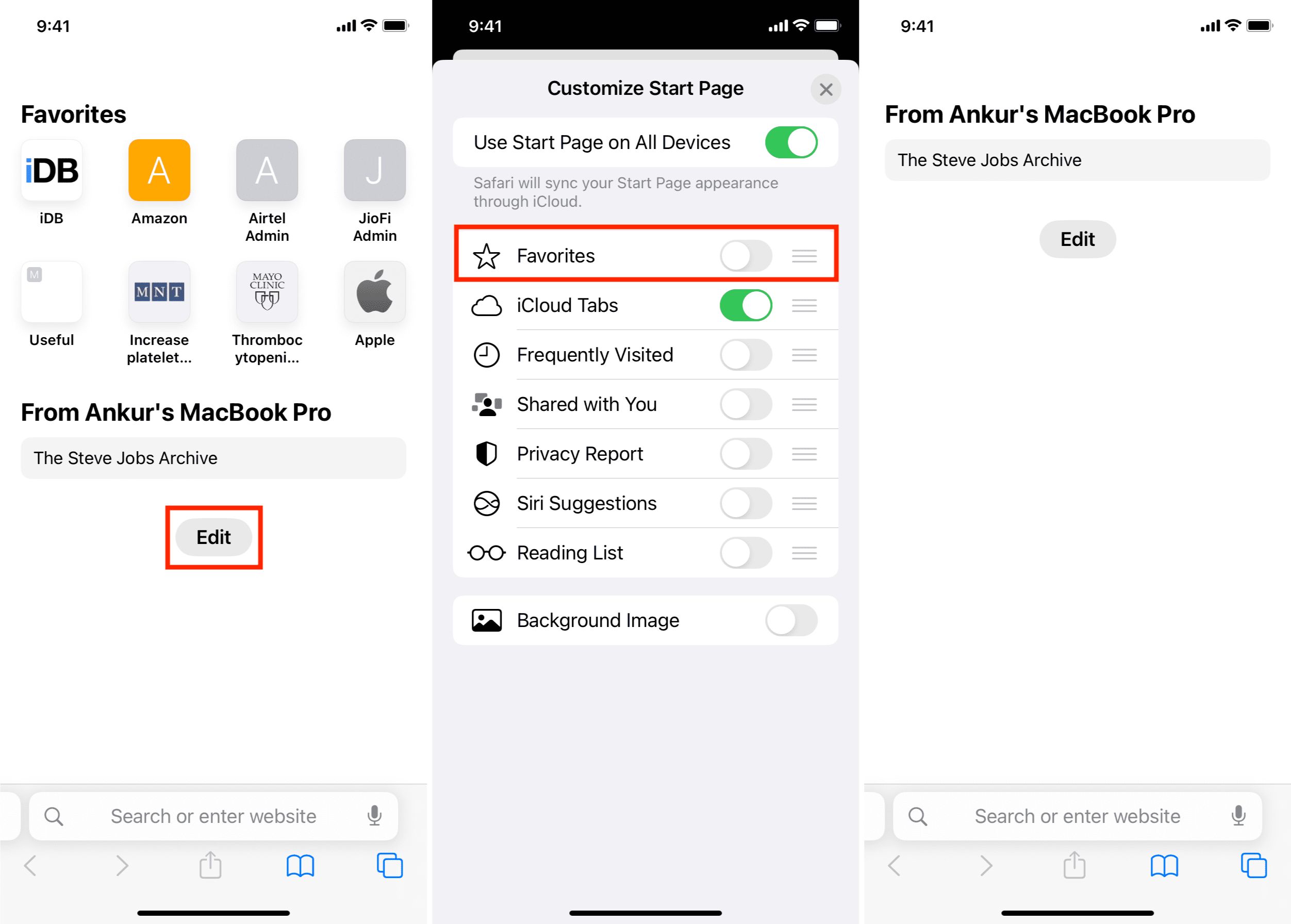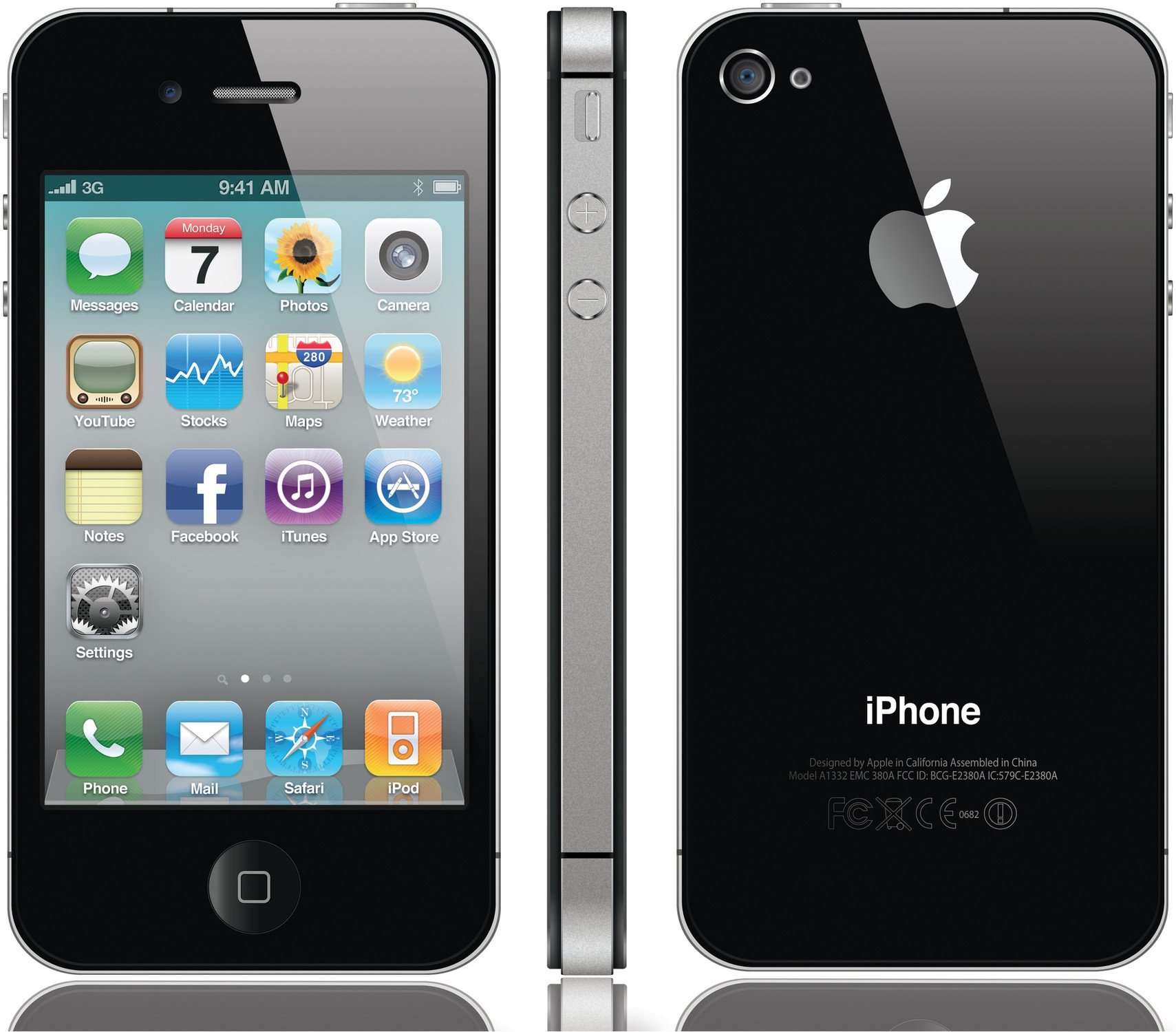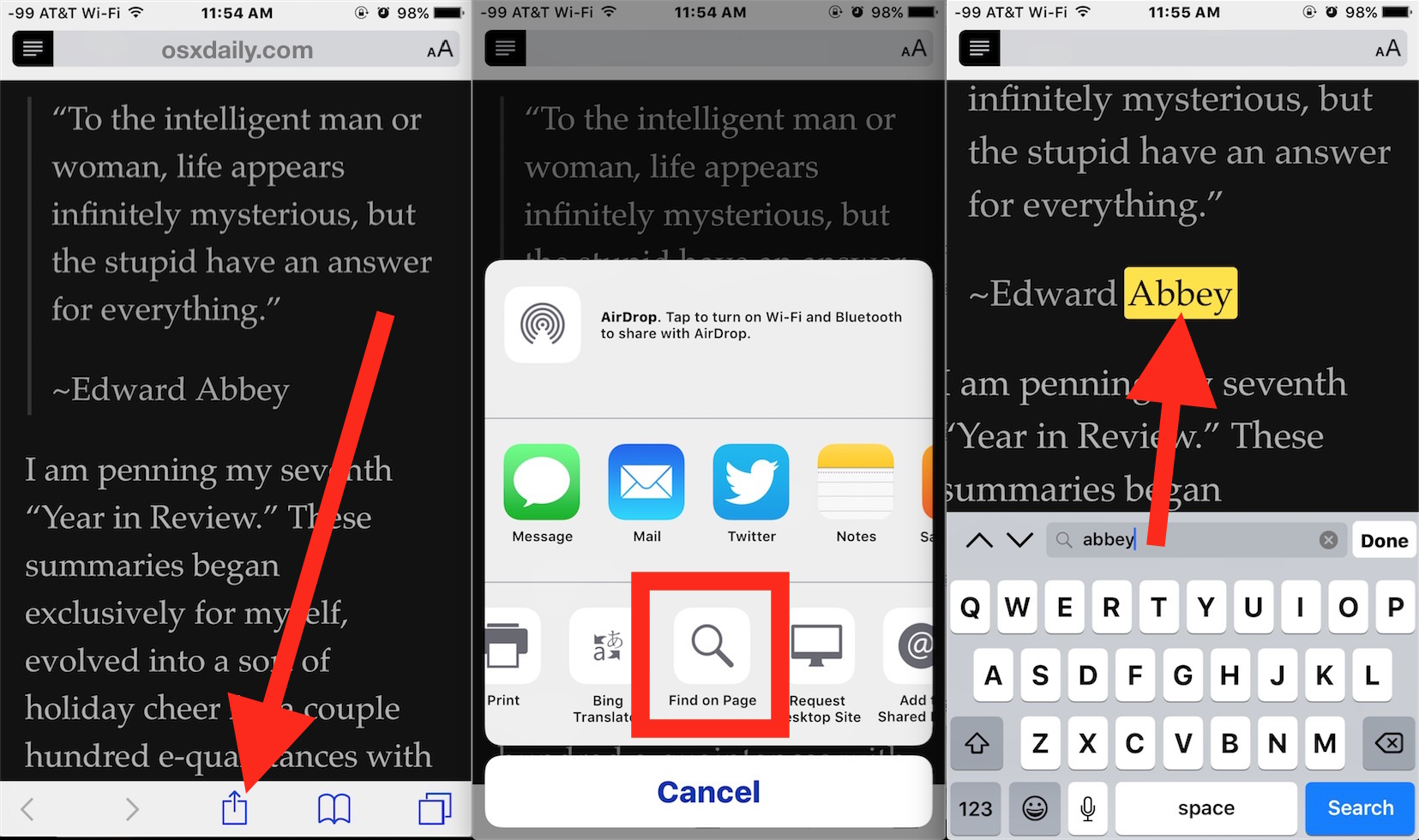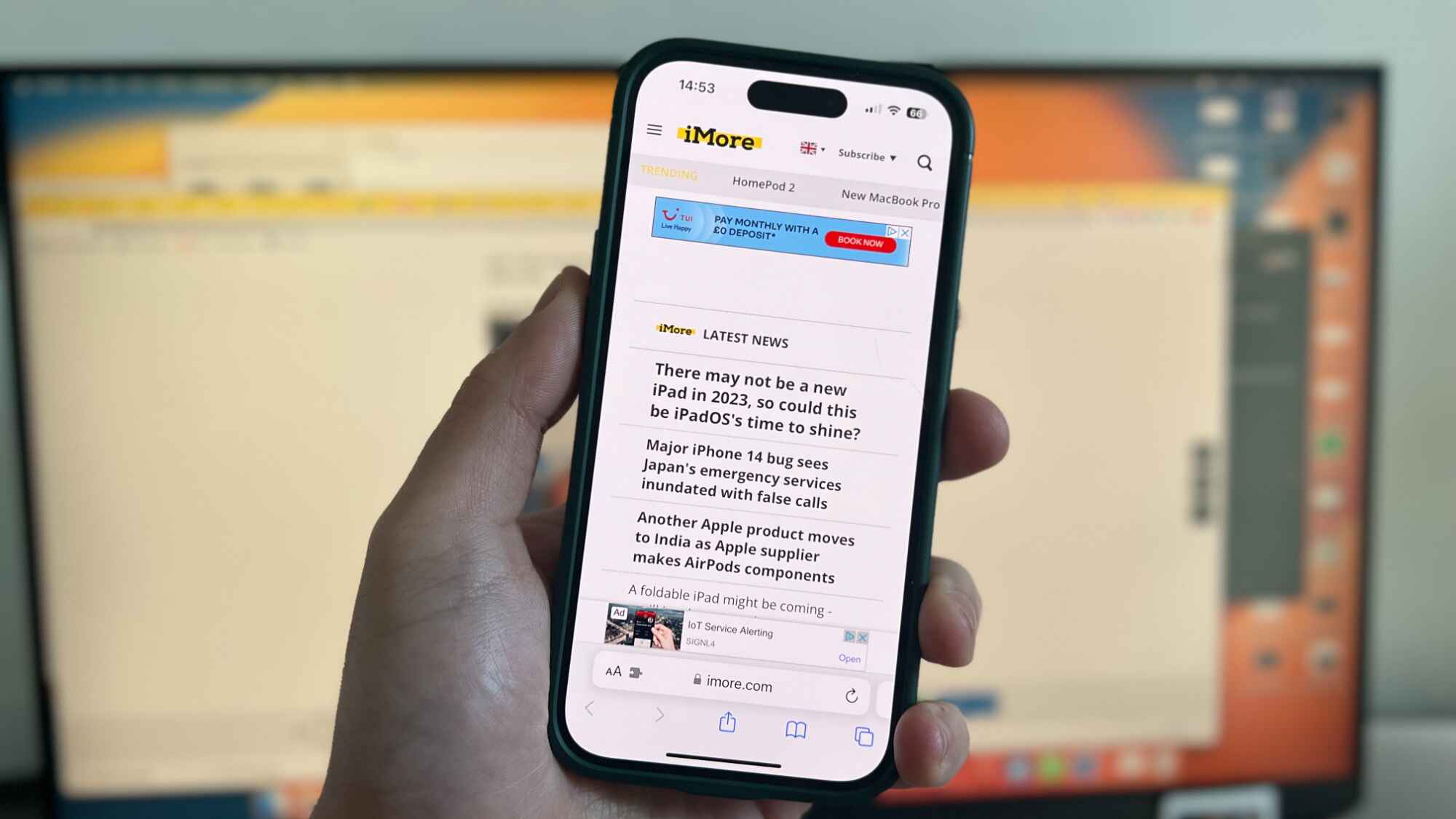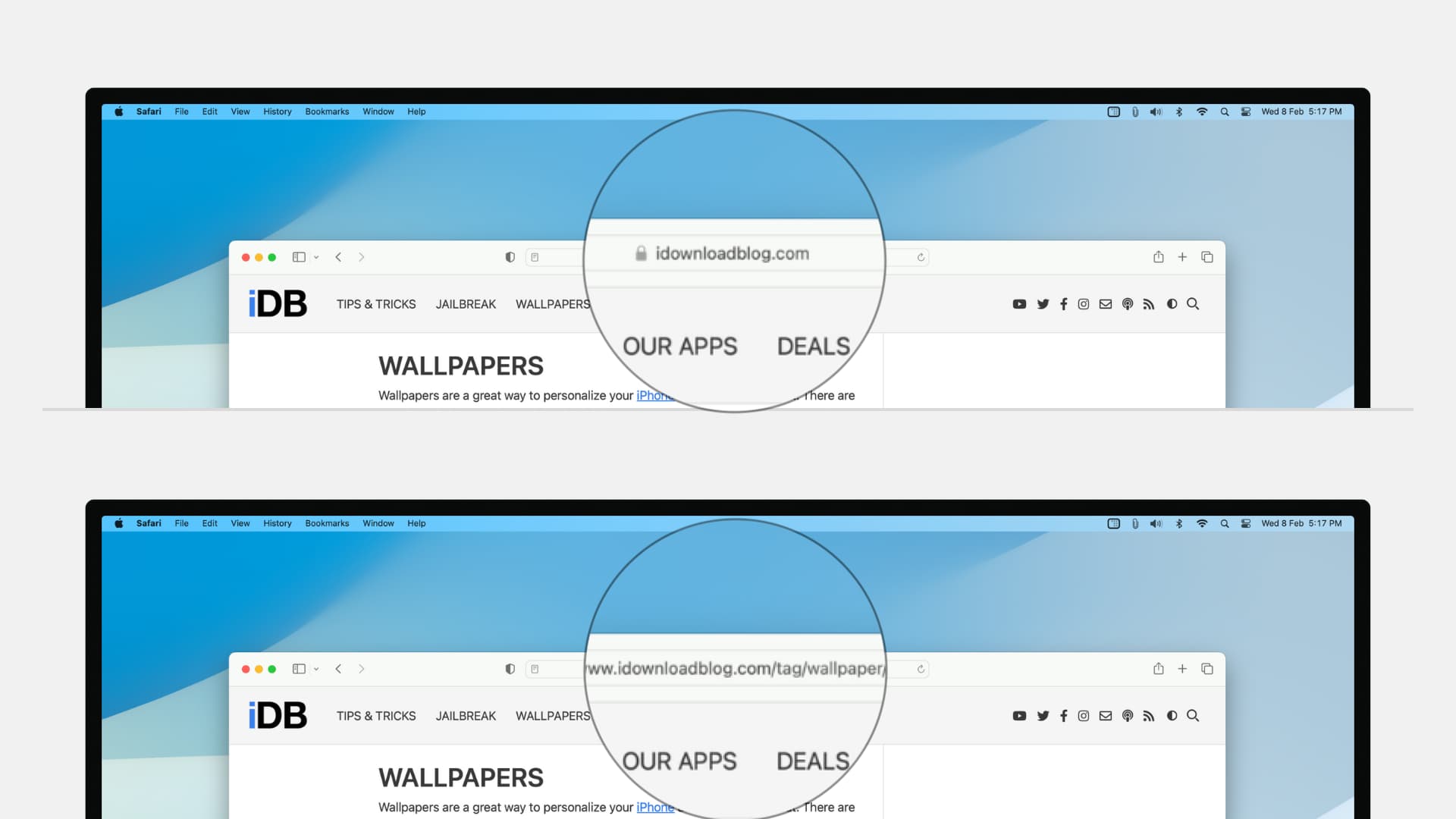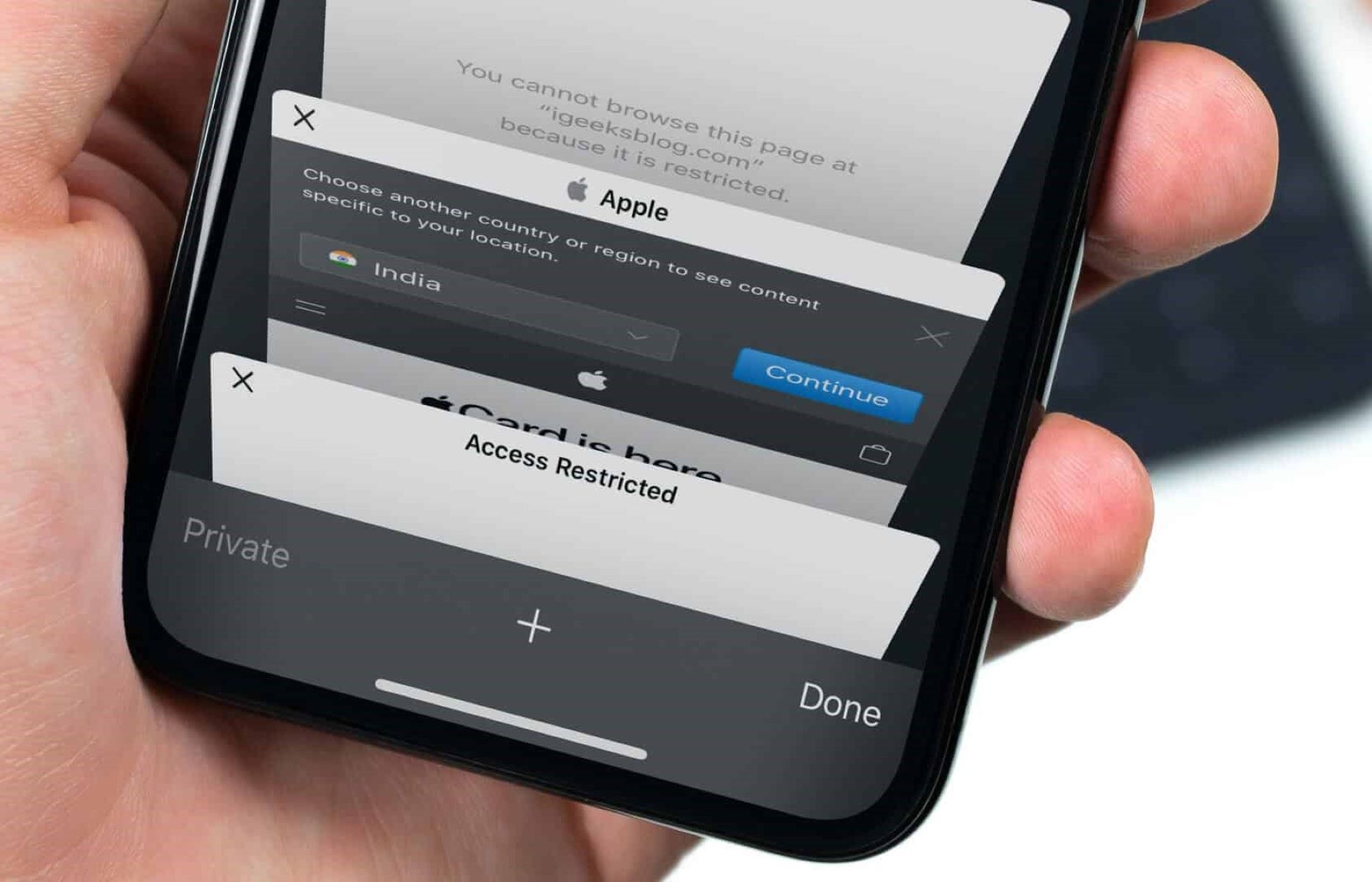Introduction
When it comes to browsing the web on your iPhone, Safari is the go-to browser for many users. Its sleek interface and user-friendly features make it a popular choice. However, some users may find the search bar at the top of the Safari interface to be a bit intrusive or unnecessary. Whether you prefer a minimalist browsing experience or simply want to reclaim some screen real estate, the good news is that there are ways to hide the search bar on Safari for iPhone.
In this article, we'll explore two methods to achieve this. The first method involves utilizing the built-in settings within Safari itself, offering a straightforward and native solution. The second method involves using third-party apps, providing an alternative approach for those who prefer additional customization options.
By the end of this guide, you'll have a clear understanding of how to hide the search bar on Safari for iPhone, empowering you to tailor your browsing experience to your preferences. Whether you're looking to streamline the Safari interface or simply curious about the available options, let's dive into the methods and explore how to achieve a clutter-free browsing experience on your iPhone.
Method 1: Using Safari Settings
If you're looking to hide the search bar on Safari for iPhone, utilizing the browser's built-in settings provides a convenient and native solution. Here's a step-by-step guide on how to achieve this:
-
Open Safari: Begin by launching the Safari browser on your iPhone. The search bar is typically located at the top of the interface.
-
Enter Reader View: When you're on a webpage, tap the "AA" icon located in the address bar. This will activate Reader View, which is designed to present a simplified, clutter-free version of the webpage's content.
-
Hide the Search Bar: Once in Reader View, the search bar at the top of the interface will be hidden, offering a clean and distraction-free browsing experience. You can now navigate the webpage without the search bar occupying screen space.
-
Exit Reader View: To return to the standard browsing interface with the search bar visible, simply tap the "AA" icon again to exit Reader View.
By leveraging Safari's Reader View feature, you can effectively hide the search bar when desired, allowing for an uncluttered browsing experience without the need for third-party apps or complex settings adjustments. This method offers a quick and seamless way to toggle the visibility of the search bar based on your preferences, providing a native solution within the Safari browser itself.
Whether you're reading articles, browsing content, or simply prefer a cleaner interface, utilizing Safari's built-in settings to hide the search bar offers a straightforward and accessible option for customizing your browsing experience on iPhone.
With this method, you can effortlessly toggle the visibility of the search bar, enabling you to enjoy a more streamlined and focused browsing experience within the Safari browser on your iPhone.
Method 2: Using Third-Party Apps
For users seeking additional flexibility and customization options beyond the native features of Safari, utilizing third-party apps presents an alternative approach to hiding the search bar on iPhone. These apps offer specialized tools and functionalities to enhance the browsing experience, including the ability to modify the Safari interface to suit individual preferences.
One popular option for achieving this customization is through the use of ad-blocking and content-filtering apps available on the App Store. These apps not only provide ad-blocking capabilities but also offer the ability to customize the Safari interface, including the option to hide the search bar.
To implement this method, follow these general steps:
-
Explore App Store: Begin by exploring the App Store on your iPhone and search for ad-blocking or content-filtering apps that offer customization features for Safari.
-
Select a Suitable App: Evaluate the available apps based on user reviews, features, and compatibility with your device. Look for apps that specifically mention the ability to customize the Safari interface, including hiding the search bar.
-
Install and Configure: Once you've selected an app, proceed to install it on your iPhone. Follow the app's instructions to configure the desired settings, including the option to hide the search bar within Safari.
-
Enjoy Customization: With the app configured, launch Safari and experience the customized browsing interface, which may include the absence of the search bar based on the app's settings.
By leveraging third-party apps designed to enhance the browsing experience, users can access a wider range of customization options, including the ability to hide the search bar on Safari for iPhone. These apps empower users to tailor the Safari interface to their preferences, offering a personalized and refined browsing experience.
It's important to note that while third-party apps provide additional customization capabilities, users should exercise caution and ensure the apps are reputable and trustworthy to safeguard their privacy and security.
With the flexibility and customization offered by third-party apps, users can explore a diverse array of options to personalize their browsing experience, including the ability to hide the search bar and create a more tailored interface within Safari on their iPhone.
Conclusion
In conclusion, the ability to hide the search bar on Safari for iPhone offers users the opportunity to customize their browsing experience according to their preferences. Whether you prefer a minimalist interface, seek a distraction-free reading environment, or simply wish to reclaim screen space, the methods outlined in this guide provide practical solutions for tailoring the Safari browser to suit your needs.
By utilizing Safari's built-in Reader View feature, users can effortlessly hide the search bar when desired, creating a clutter-free environment for focused browsing. This native solution within Safari itself offers a seamless way to toggle the visibility of the search bar, providing a quick and accessible option for users who prefer a minimalist interface.
Furthermore, the option to leverage third-party apps for customizing the Safari interface introduces a broader spectrum of possibilities. By exploring ad-blocking and content-filtering apps available on the App Store, users can access additional customization features, including the ability to hide the search bar. This approach allows for a more tailored and personalized browsing experience, empowering users to curate the Safari interface to align with their individual preferences.
It's important to consider the trade-offs associated with each method. While Safari's built-in settings offer a straightforward and native solution, third-party apps provide enhanced flexibility and customization options. However, users should exercise caution and ensure the apps they choose are reputable and prioritize privacy and security.
Ultimately, the methods presented in this guide cater to diverse user preferences, allowing individuals to shape their browsing environment in a way that enhances their overall experience. Whether you opt for the simplicity of Safari's native features or explore the customization capabilities offered by third-party apps, the ability to hide the search bar on Safari for iPhone underscores the adaptability and personalization that modern browsing experiences can offer.
By understanding and implementing these methods, users can take control of their browsing interface, creating a tailored and refined environment that aligns with their unique preferences and browsing habits. Whether it's for productivity, leisure, or simply a desire for a more streamlined interface, the ability to hide the search bar on Safari for iPhone empowers users to curate their digital experience in a way that resonates with their individual needs and preferences.







